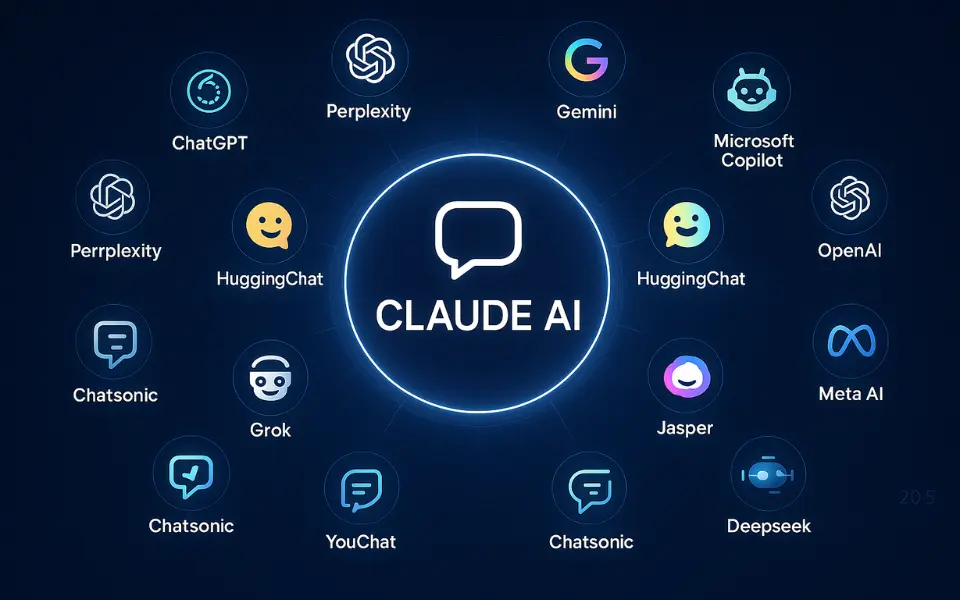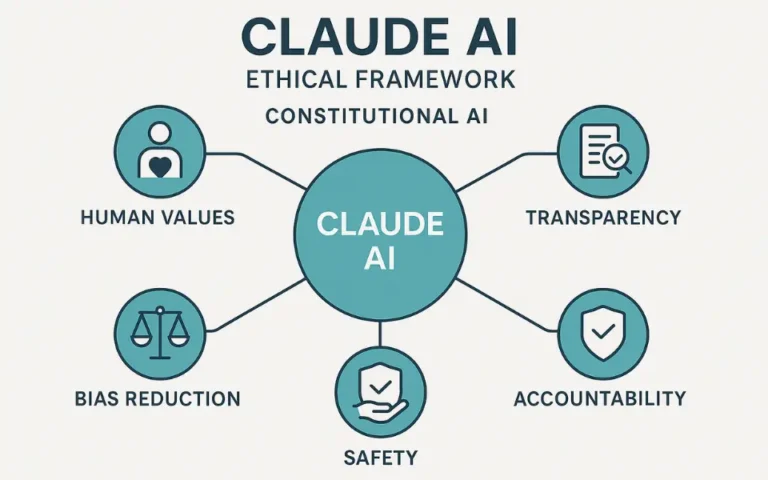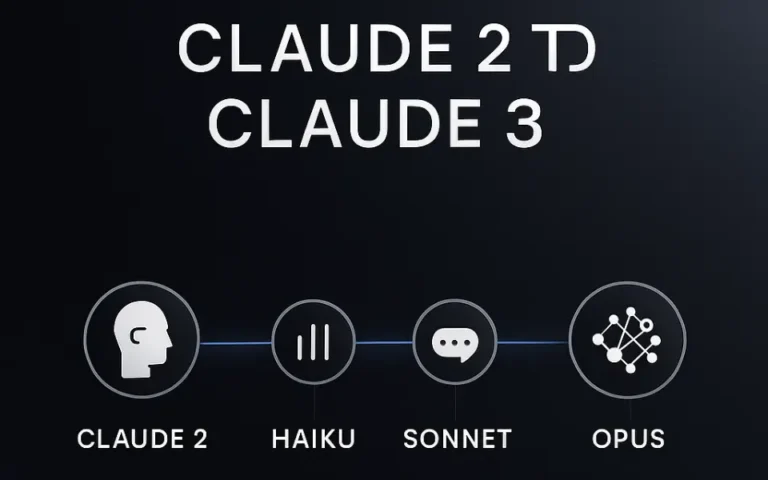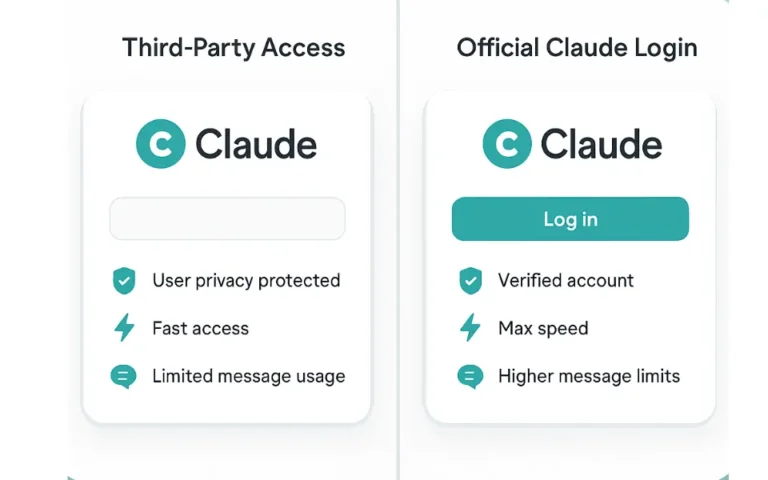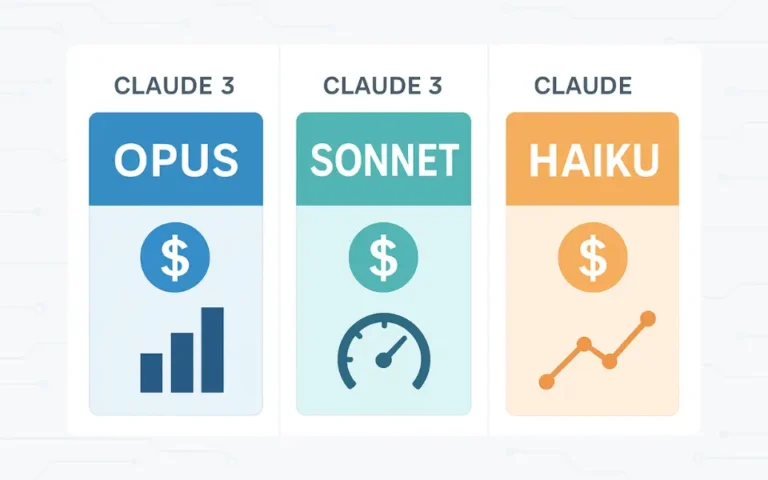Top Claude AI Alternatives (2025): Advanced AI Tools Compared
Artificial Intelligence (AI) is transforming how we work, create, and interact with digital tools. While Claude AI, developed by Anthropic, has gained significant attention for its conversational abilities and safety-focused design, it’s not the only powerful tool in the market. Whether you’re looking for better performance, more flexibility, enhanced privacy, or specialized features, there are several top-tier Claude AI alternatives worth considering.
Claude AI is used in various applications, such as chatbots, automated content creation, and customer service solutions. Despite its strengths, there are numerous reasons why users may explore alternatives to Claude AI, such as the need for more features, flexibility, or lower costs.
In this article, we explore the 15 best Claude AI alternatives available in 2025, analyzing their features, use cases, pros, and cons. This guide is ideal for developers, businesses, content creators, researchers, and anyone seeking advanced generative AI options beyond Claude.
Why Look for Alternatives to Claude AI?
While Claude AI has its strengths, including strong alignment with ethical use and a user-friendly interface, users often seek alternatives for:
- Greater customization options
- Different training models and datasets
- Faster response times or lower latency
- Expanded integrations
- Specific Use Cases
- Cost-Effectiveness
- Feature Set
- Use case-specific capabilities (e.g., coding, writing, research)
Let’s explore the top Claude AI competitors in detail.
Top 15 Claude AI Alternatives in 2025
Discover the top 15 Claude AI alternatives in 2025, including ChatGPT, Perplexity, and Jasper. Compare features, pricing, and best use cases for business, content creation, and research.
1. ChatGPT (OpenAI)
Why it’s a top alternative:
ChatGPT, powered by OpenAI’s GPT-4 and GPT-4o, is widely regarded as one of the most advanced and versatile AI chatbots available. It’s the fourth iteration of the Generative Pre-trained Transformer series and is renowned for its remarkable ability to support text, code, images, answer a wide range of questions and even voice interactions (in the Pro version).
Key Features:
- Deep contextual understanding
- Integration with DALL•E, code interpreter, and browsing tools
- Strong plugin and API ecosystem
- Strong Developer Ecosystem
- Multimodal Capabilities
Use Cases:
Content creation, programming, research, customer support, tutoring
Why Consider It: GPT-4 excels in tasks requiring natural language understanding, content generation, and creative problem-solving. It’s an ideal alternative for users who need a versatile, high-performance model with strong community support.
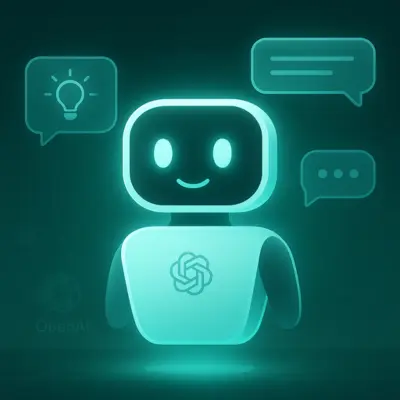
- Highly accurate and versatile
- User-friendly interface
- Continuous updates
- Requires subscription for full features
- Occasional over-reliance on generic responses
2. Perplexity AI
Why it’s a top alternative:
Perplexity is a real-time search AI assistant that combines natural language processing with web search, delivering accurate and sourced answers.
Key Features:
- Citation-backed answers
- Source transparency
- Conversational context memory
Use Cases:
Research, Q&A, real-time fact-checking

- Trustworthy and transparent
- Efficient for information retrieval
- Limited creativity or generative tasks
3. Google Gemini (formerly Bard)
Why it’s a top alternative:
Backed by Google’s massive knowledge graph and AI infrastructure, Gemini provides smart, relevant, and multimodal responses.
Key Features:
- Multilingual and multimodal capabilities
- Access to real-time Google data
- Strong integration with Google Workspace
Use Cases:
Productivity, research, summarization, communication

- Seamless integration with Google apps
- Powerful and fast
- Privacy concerns due to Google tracking
4. Microsoft Copilot
Why it’s a top alternative:
Built into Microsoft 365, Copilot enhances productivity by integrating AI directly into Word, Excel, PowerPoint, and Outlook.
Key Features:
- In-app contextual understanding
- Business-oriented features
Use Cases:
Document creation, data analysis, email drafting

- Saves time in routine tasks
- Works within familiar Microsoft tools
- Subscription required
- Limited creative capabilities
5. GitHub Copilot
Why it’s a top alternative:
Ideal for developers, GitHub Copilot suggests code snippets, functions, and even full algorithms in real time.
Key Features:
- Context-aware coding assistant
- Supports multiple programming languages
Use Cases:
Software development, code review, learning new languages

- Increases coding efficiency
- Integrates with VS Code
- Can produce insecure or incorrect code
6. OpenAI API
Why it’s a top alternative:
For developers looking to build custom AI solutions, the OpenAI API offers access to powerful language models.
Key Features:
- Full model control via API
- Custom fine-tuning
Use Cases:
Chatbots, apps, writing tools, virtual assistants

- Flexible and scalable
- Requires technical expertise
7. Hugging Chat (by Hugging Face)
Why it’s a top alternative:
An open-source chatbot powered by various transformer models including Falcon, LLaMA, and Mistral.
Key Features:
- Model selection flexibility
- Transparent and community-driven
Use Cases:
Experimentation, research, privacy-focused development

- Free and open source
- UI/UX less polished than commercial tools
8. Character.ai
Why it’s a top alternative:
Character.ai specializes in creating lifelike personalities for entertainment, simulation, and education.
Key Features:
- Personality customization
- Roleplaying and gamification
Use Cases:
Entertainment, language learning, storytelling

- Fun and engaging
- Less accurate for factual information
9. Copy.ai
Why it’s a top alternative:
Copy.ai is a popular AI writing assistant focused on marketing content and social media copy.
Key Features:
- Templates for different writing tasks
- Tone and style customization
Use Cases:
Email marketing, product descriptions, ad copy
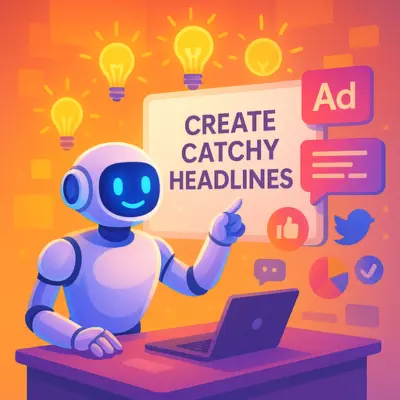
- Time-saving automation
- Limited for long-form content
10. Jasper (Jasper AI)
Why it’s a top alternative:
Jasper offers a business-grade AI writer with brand tone control and collaboration features. It is specifically designed for marketers, content creators, and business owners who need to generate large volumes of content quickly.
Key Features:
- Custom tone profiles
- Workflow collaboration
- Content Creation
- SEO Optimization
- AI-Powered Templates
Use Cases:
Content marketing, blogging, SEO writing
Why Consider It: Jasper is a strong alternative for those who require high-quality, AI-powered content creation tools that are tailored for digital marketing and SEO.

- Advanced team features
- Premium pricing
11. Meta AI
Why it’s a top alternative:
Meta AI powers chat features in Instagram, Facebook, and WhatsApp, and is backed by open-source LLaMA models.
Key Features:
- Native social platform integration
Use Cases:
Casual conversation, content suggestions

- Easy access via social apps
- Limited control or customization
12. YouChat
Why it’s a top alternative:
A search-integrated chatbot similar to Perplexity, but with a broader range of responses.
Key Features:
- Built-in web browsing
- Citation support
Use Cases:
Research, information lookup
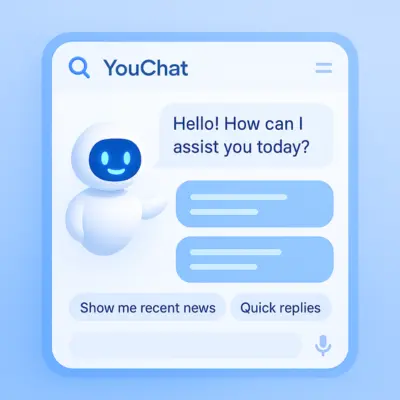
- Free and accessible
- Can be inconsistent
13. Chatsonic
Why it’s a top alternative:
From Writesonic, Chatsonic extends GPT with real-time web access and image generation.
Key Features:
- Live data retrieval
- Voice command support
Use Cases:
News updates, content generation, ideation

- Up-to-date responses
- Slightly less accurate than GPT-4
14. Grok (by xAI)
Why it’s a top alternative:
Grok is Elon Musk’s take on conversational AI, integrated within X (formerly Twitter) with a witty personality.
Key Features:
- Unique personality
- Tied to social conversations
Use Cases:
Entertainment, social interaction, trending news

- Unique and humorous
- Less professional tone
15. DeepSeek AI
Why it’s a top alternative:
DeepSeek AI is a Chinese open-source AI platform that has rapidly gained attention for its advanced capabilities and cost-effective performance.
Key Features:
- Advanced reasoning and coding abilities
- Open-source models
- Cost efficiency
Use Cases: Developers and businesses seeking a powerful, open-source AI solution with strong reasoning and coding capabilities.

- Transparent and open-source
- Strong performance in logic and coding
- Affordable or free to use
- Limited brand recognition
- Documentation may be less extensive than commercial products
How to Choose the Best Claude AI Alternative?
When choosing the best alternative to Claude AI, consider the following factors:
- Purpose: What specific tasks do you need the AI for? Whether it’s content creation, medical research, or multilingual support, select a model that specializes in your required area.
- Pricing: Evaluate the cost of the service based on your budget. Open-source options might be free, but they could require more technical expertise.
- Customizability: If your business needs highly specialized or tailored AI, look for platforms offering customization or fine-tuning options.
- Integration: How easily can the AI tool integrate with your existing systems and workflows? Seamless integration reduces implementation time and enhances productivity.
- Ethical Considerations: If safety and ethical considerations are a priority, look for AI models that prioritize explainability, transparency, and user safety, such as Claude and GPT-4.
Choosing the Best Claude AI Alternative for Your Needs
Not all AI tools serve the same purpose. Here’s how to decide:
- For coding: GitHub Copilot, ChatGPT, OpenAI API
- For content creation: Jasper, Copy.ai, ChatGPT
- For research: Perplexity, YouChat, Gemini
- For enterprise productivity: Microsoft Copilot, OpenAI, Jasper
- For open-source control: Hugging Chat, Meta AI
- For fun and conversation: Character.ai, Grok
FAQs About Claude AI Alternatives
Conclusion: Embrace the Future Beyond Claude AI
Claude AI may lead the pack in ethical alignment, but it’s not the only choice. Explore these powerful alternatives to unlock your full potential in productivity, content creation, and innovation. Try a few options, assess the results, and choose the AI that best aligns with your goals.
While Claude AI is a strong player in the generative AI field, it’s just one option in a rapidly expanding landscape. Whether you prioritize speed, flexibility, creativity, privacy, or cost-efficiency, there’s an AI tool that matches your needs.
OpenAI’s GPT-4, Meta’s LLaMA, and Jasper AI are among the top contenders, each offering unique features that could enhance productivity and creativity. Remember to assess factors like cost, customization options, and integration with existing tools before making your decision.
These Claude AI alternatives offer unique strengths, and choosing the right one can enhance productivity, creativity, and decision-making across any domain. Don’t settle—experiment, explore, and empower your workflow with the best that AI has to offer.

